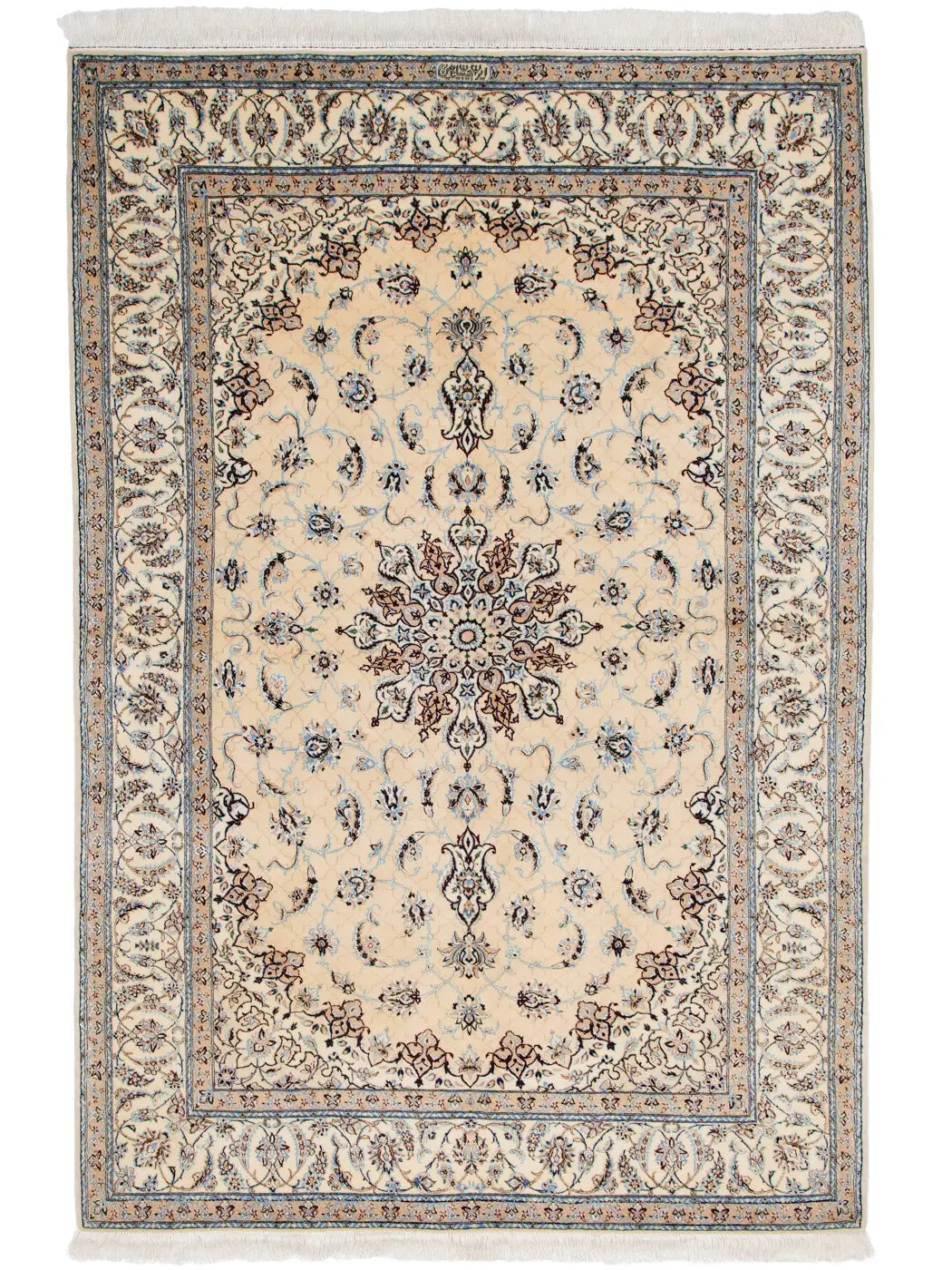Kilim is a flat-weave fabric characterized by its unique design and hand-woven technique. Kilim has a wide range of appeal, being used not only as interior decoration but also in modern fashion. In this article, we will introduce its appeal, history, and how it can be incorporated into your lifestyle.
What is Kilim? Its Appeal and Characteristics
Kilim is a traditional textile that developed mainly in Turkey and Central Asia, and is made from natural materials such as wool and cotton. It is characterized by its thin and light finish, achieved by the flat weaving technique, and its beautiful design, mainly geometric patterns. It can be used reversibly, so it is highly practical and popular as interior decoration and wall hanging.
Kilims are also durable and long-lasting, making them a great item to cherish and use for a lifetime. Because they are hand-woven, each one has a unique design.
History and origin of Kilim
The history of kilims dates back to around 2500 BC, when women in Central Asia, Iran, Turkey (Anatolia), Azerbaijan and other regions painstakingly wove them for their families or as wedding gifts or presents.
Kilim means "pileless" and plays an important role in Persian culture, where different types of rugs are used depending on the season.
Weaving methods and types
There are several ways to weave kilims. The most common is the "flat weave", which creates a strong fabric by weaving the warp and weft threads alternately. There are also other types,
Sumac weave : Characterized by a three-dimensional design.
Jajim weaving : A technique that allows for finer patterns to be woven.
These techniques allow for the creation of kilims with a wide variety of designs and textures.
Differences between Kilim and other carpets
Unlike typical pile carpets, kilims are flat woven, meaning they have no pile and are flat. This makes them lightweight and easy to carry, and they can also be used as wall hangings or furniture covers.
In contrast, the term "other carpets" often refers to carpets with pile.
Kilim and fashion
In recent years, the beautiful patterns and colors of kilims have been attracting attention as fashion items. Many designers and brands are incorporating kilim designs into shoes, bags and other accessories, fusing their appeal with modern styles. Kilim designs and patterns are attracting attention from fashion lovers around the world as items with unique and cultural backgrounds.
summary
Kilims are extremely attractive not only for their beauty, but also for their cultural and historical background. The unique patterns created by hand-weaving techniques are highly valued and loved around the world. They have also been incorporated into modern fashion trends, adding color to people's lives in a variety of ways.





